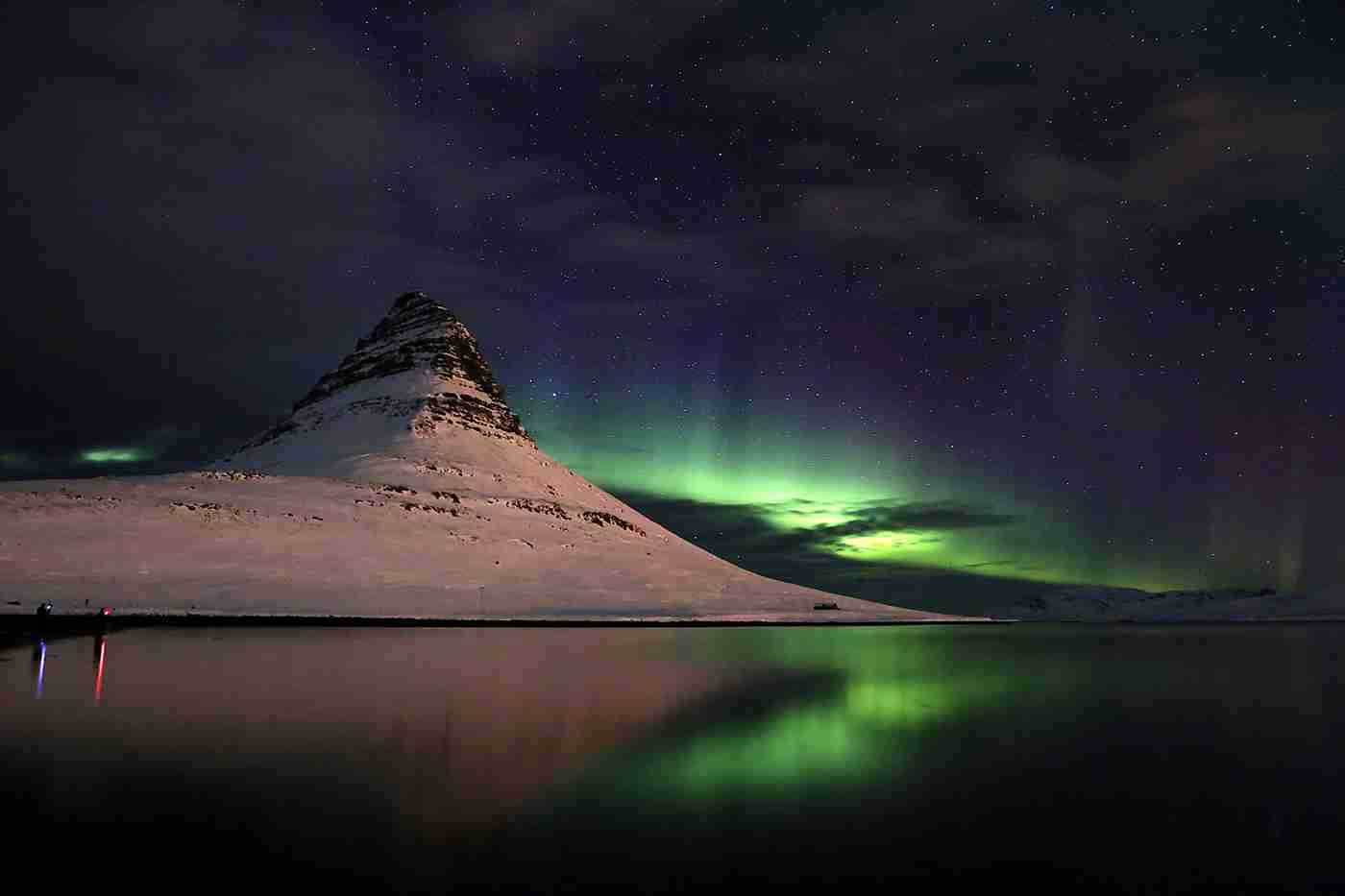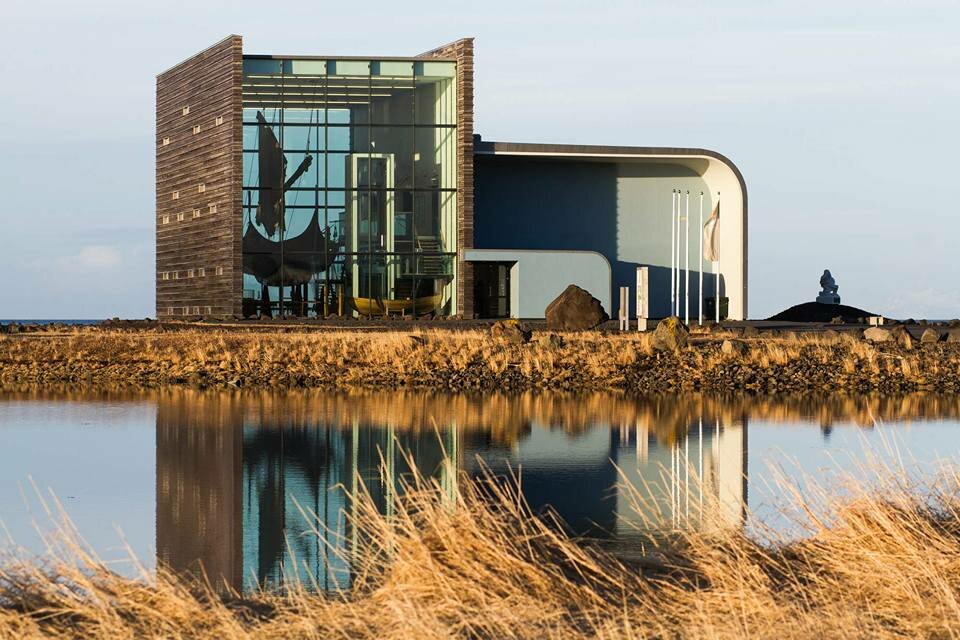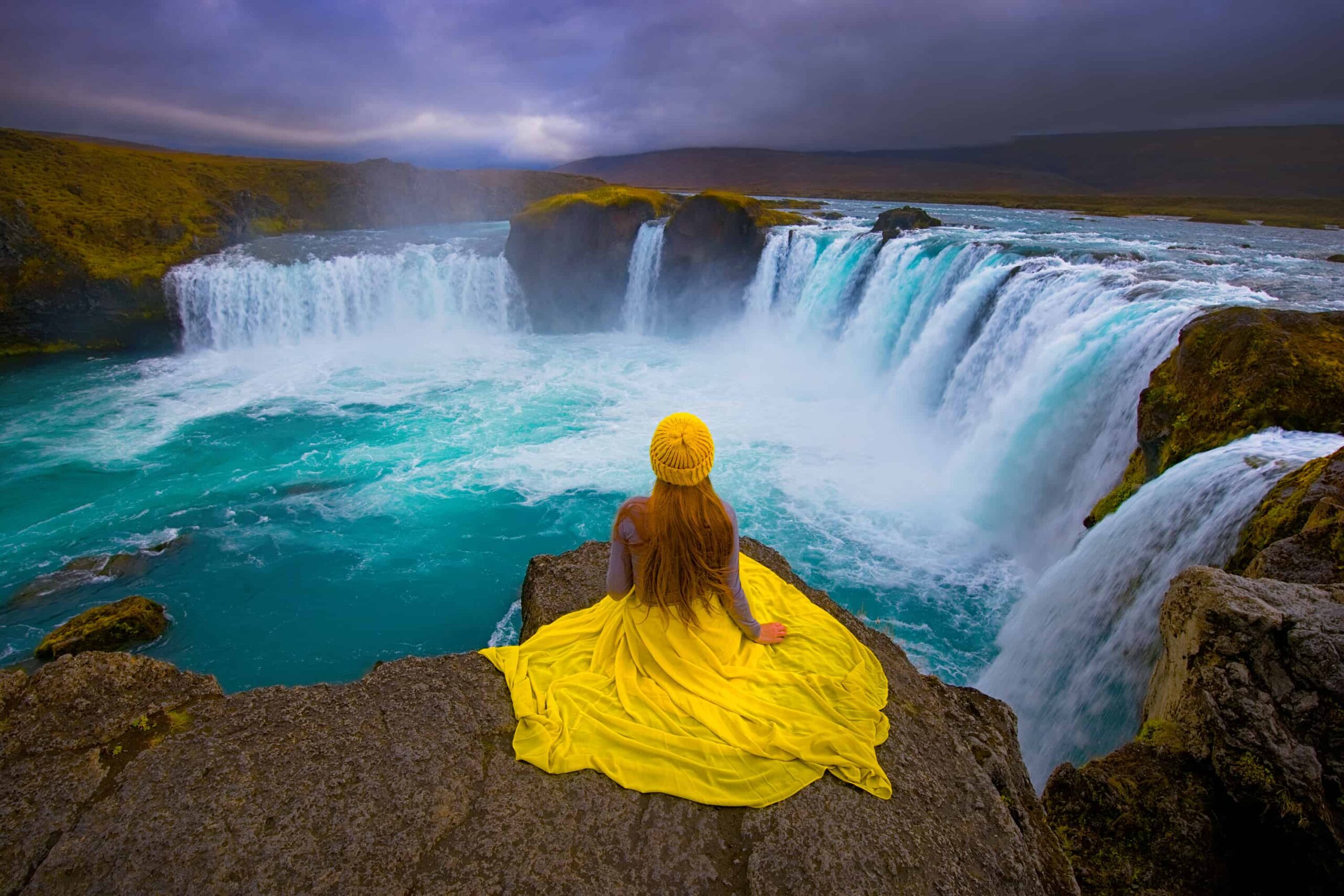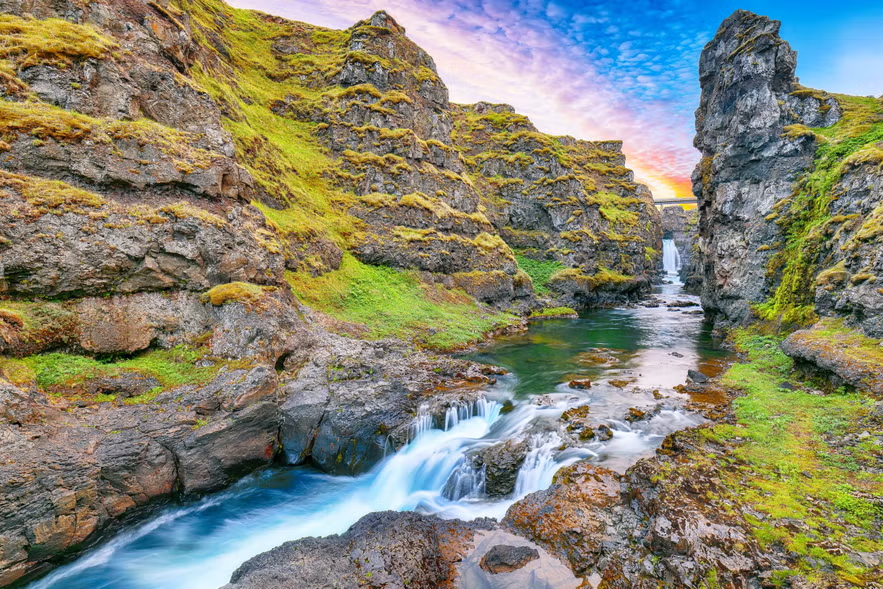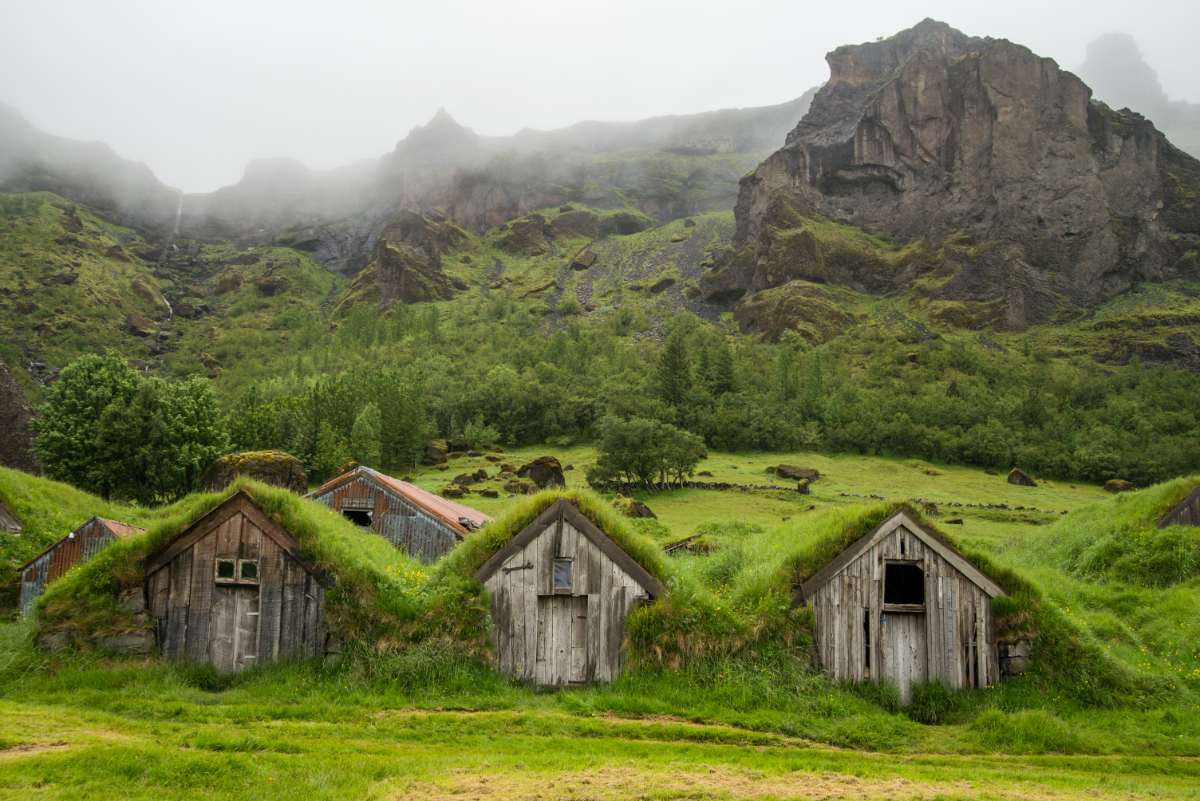Visiting Iceland’s Diamond Beach: Tips & Photo Guide
Category
Categories
Travel Guide
Type
Glacier Lagoons, Bird Sights
Destination
Vatnajokull national Park
High season
Jun - Aug & Nov - Jan
Area
18 sq km
Outflow
Atlantic Ocean
Popular articles
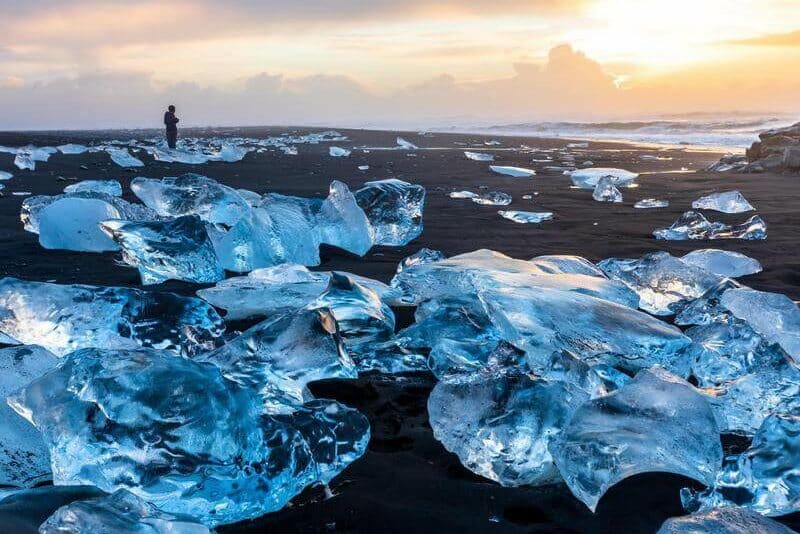
Visiting Iceland’s Diamond Beach: A Guide
Immerse yourself in the mystical beauty of Iceland’s Diamond Beach, where natural wonders go beyond mere sightseeing and evolve into incredible experiences. A stark reminder of the contrasting elements that shaped this mesmerizing country, the ethereal beauty of the Diamond Beach exemplifies nature’s exquisite artwork. Imagine standing there, feeling the chilly wind around you while viewing the unique sight of crystal-like icebergs dotting the black volcanic sands, listening to the unmistakable symphony of waves crashing against the icy shore, it’s all too surreal yet awe-inspiring.
Dazzling Diamond Beach: A sensory marvel
Located on the South Coast of Iceland near the coastal town of Höfn, Diamond Beach captivates visitors with the peculiar landscape where icebergs from the nearby Jökulsárlón glacier lagoon meet the raging Atlantic Ocean. As the pounding waves push the stranded icebergs back onto the black sand beach, they glisten in the sun, resembling large diamonds studded against a dark canvas, thereby giving the beach its characteristic name.
Travel Tips: Diamond Beach is accessible all year round. However, to fully appreciate the magnificence of gleaming ice chunks against the contrasting black sand, visit during winter months (November to March) where the icebergs are more plentiful. Avid photographers will find the location most photogenic during sunrises and sunsets when the golden light lends a magical aura to the icy landscape.
Cultural Significance – An Icy spectacle
Diamond Beach, despite its raw beauty, is more than just a visual treat. Its existence is a testament to the country’s fascinating geological lore. The beach’s captivating icescapes have often found their way into local folktales, symbolizing the mystical forces that govern Iceland’s powerful natural landscapes.
Iceland, which sits on the mid-Atlantic ridge, has shaped and reshaped its landscapes through numerous volcanic eruptions and subsequent glacial activities. This constant battle between fire and ice has given birth to natural phenomena like the Diamond Beach, interweaving a saga of nature’s ceaseless cycles of destruction and regeneration into the country’s cultural fabric.
Experiencing Diamond Beach
To make the most out of your visit, be prepared. The icy winds can be quite harsh, even during summers, so pack warm clothing. Sturdy, waterproof footwear is a must to navigate the wet, black sands, and don’t forget your cameras! For a seamless experience, stay nearby in Höfn or join a guided tour.
Beyond Diamond Beach: Nestled close to Diamond Beach, the Jökulsárlón Glacier Lagoon is a must-visit where you can boat among the massive icebergs. Also, explore the Vatnajökull National Park, home to Europe’s largest glacier and volcanic sites.
Conclusion: Visiting Diamond Beach offers an invigorating adventure, immersing you in the vivid display of Iceland’s diverse elements. The raw beauty of this natural wonder symbolizes Iceland’s resilience and tale of constant evolution. The strange yet enchanting sight of ice on a balmy beach highlights the partnership of contrast and harmony, unraveling the intricate balance of natural forces. Are you ready to experience the intriguing spectacle of the Diamond Beach and uncover the secrets of fire and ice that molds the landscapes of Iceland? Adventurer or geologist, photographer or storyteller, there is something for everyone in this perpetual saga of nature’s dance in the Land of Fire and Ice.

